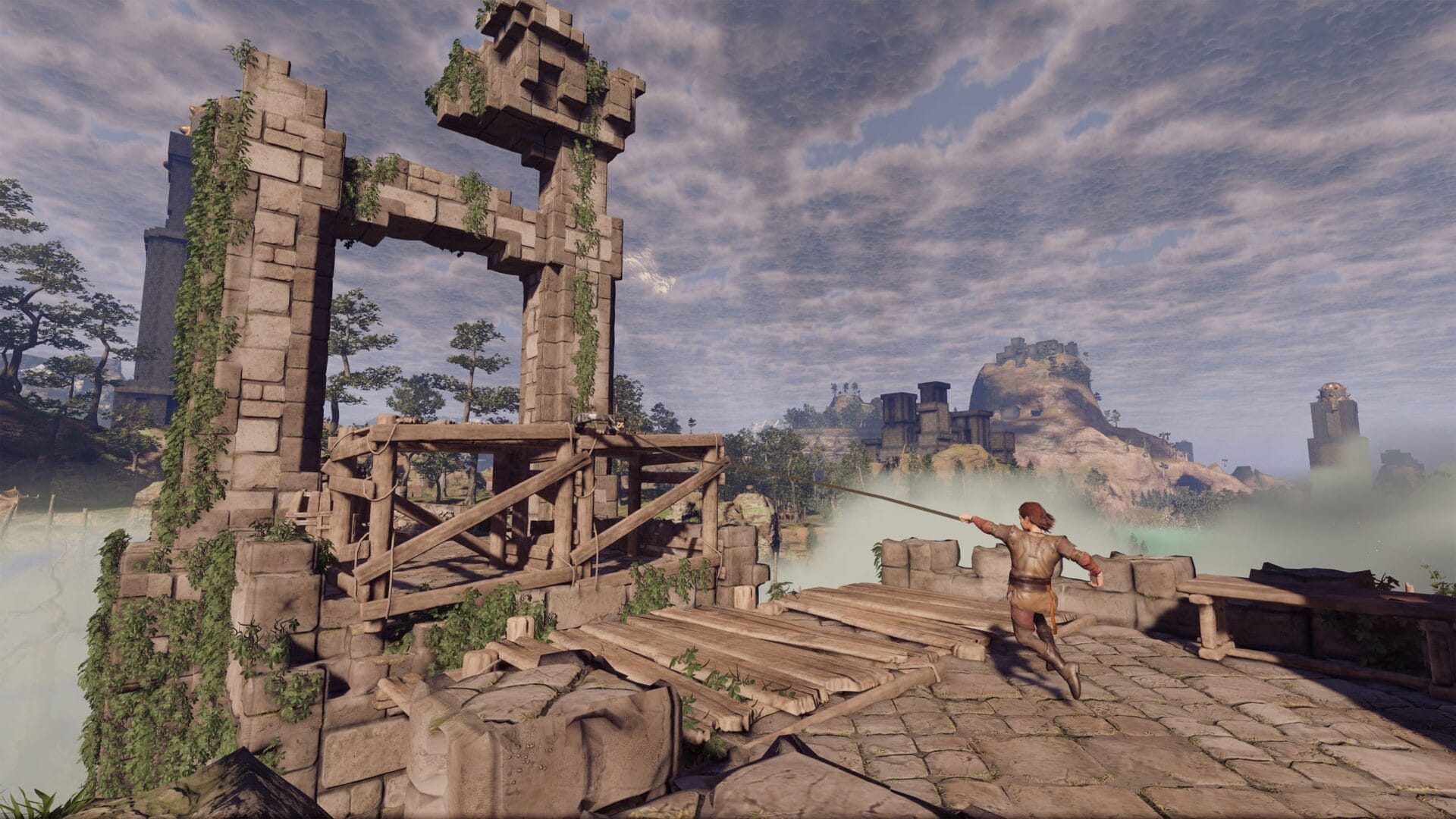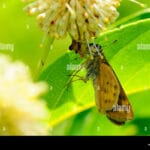This guide provides a comprehensive overview of reptile leather in Enshrouded, covering everything from acquiring the necessary materials to crafting valuable equipment. Whether you’re a seasoned adventurer or new to the game, this guide will equip you with the knowledge to dominate the challenging new biome and beyond.
Hunting for Reptile Hide
Enshrouded Reptile Hide is a valuable crafting material, primarily obtained from hunting Snapjaws. These creatures are relatively common throughout the game world, but the tarpit biome is suggested as a potential hotspot. While the exact distribution of Snapjaws is still being explored by the community, early indications suggest this challenging biome may offer higher concentrations.
elusive foes can be found in the dark corners of the tarpit biome.
Obtaining Reptile Hide
Defeating Snapjaws causes them to drop Reptile Hide, a key material for crafting Reptile Leather. The drop rate isn’t definitively known, and further community research is needed to establish reliable percentages. The Reptile Hide stacks up to 50 units in your inventory.
Locating Snapjaws
While Snapjaws can probably be found in various locations, the tarpit biome is currently considered the most promising farming location. However, the optimal locations within this biome are still being discovered by players. Future updates to this guide will include more specific locations and potentially a map to aid your hunting efforts.
Recommended Hunting Strategies
Community feedback suggests that using ranged weapons and healing potions significantly improves hunting efficiency. The Snapjaws can pose a significant threat, so proper preparation is crucial. Additional strategies, such as exploiting potential weaknesses or utilizing specific builds and skills, are still under investigation.
Crafting Reptile Leather
Raw Reptile Hide needs to be processed into usable Reptile Leather. This is done using a Drying Rack, a crucial crafting station.
Building a Drying Rack
You can either find Drying Racks in the game world or craft one yourself with readily available resources. (Detailed instructions and diagrams on crafting a Drying Rack will be added soon.)
Drying the Hide
Once you have a Drying Rack, simply place the Reptile Hide inside to begin the drying process. The exact drying time is currently unknown, and this information will be updated as it becomes available. Think of it like a natural tanning process, turning the rough hides into supple, workable leather.
Utilizing Reptile Leather: Crafting Essential Gear
Reptile Leather is used to craft a variety of useful items, particularly valuable for surviving harsh environments and increasing your carrying capacity.
Craftable Items and Their Uses
Medium Backpack: Requires 6 Reptile Leather. Provides significantly more inventory space, allowing you to carry more loot and resources on your adventures. (Image of Medium Backpack forthcoming.)
Pocket Heater: Requires 3 Reptile Leather. Essential for surviving the frigid temperatures of areas like the Albaneve Summits. Some players theorize additional uses for this item, which are currently being investigated. (Image of Pocket Heater forthcoming.)
Ranger Gear: This mid-tier armor set offers a good balance of protection and mobility. The Ranger set includes:
- Boots: 2 Reptile Leather
- Gloves: 3 Reptile Leather
- Hood: Reptile Leather amount needed will be added soon.
- Trousers: 2 Reptile Leather
- Vest: 5 Reptile Leather (Images of Ranger Gear pieces forthcoming.)
Detailed crafting instructions for each item will be added in a future update.
The Tarpit Biome: A Challenging Landscape
The tarpit biome, a relatively new addition to Enshrouded, is a challenging environment believed to be a rich source of Snapjaws and, consequently, Reptile Hide.
Location and Access
Detailed instructions on locating and accessing the tarpit biome, including map coordinates or clear directions, are currently being compiled and will be added to this guide shortly. The eonsmoke from the biome makes visibility limited.
Dangers and Survival Tips
The tarpit biome presents numerous hazards, including aggressive creatures and potentially dangerous environmental factors. Players should be well-prepared with appropriate gear, healing potions, and effective combat strategies before venturing in. Specific tips for survival within the biome are being collected from experienced players and will be included in a future update.
Unveiling the Secrets of Ancient Reptiles
While the reptiles found in Enshrouded aren’t ancient, the term “ancient reptiles” often refers to prehistoric reptiles that lived millions of years ago. It’s not a strict scientific term but a broad way to talk about reptiles from the distant past. Scientists often use terms like “early reptiles” or “Eureptilia” to refer to the earliest reptiles. Eureptilia represents the “true reptiles,” diverging from their amphibian ancestors during the Carboniferous Period.
Exploring Early Reptile Species
Some of the earliest known reptiles include Hylonomus lyelli and Paleothyris, both small, lizard-like creatures from the Carboniferous Period. Another creature, Westlothiana, also dates back to this period, but its classification as a true reptile is still debated due to some amphibian-like features. This ongoing debate illustrates how our understanding of these early lifeforms continues to evolve with new discoveries.
| Reptile Group/Species | Period | Key Features |
|---|---|---|
| Eureptilia | Carboniferous | True reptiles, distinct from earlier forms |
| Hylonomus lyelli | Carboniferous | Small, lizard-like |
| Paleothyris | Carboniferous | Small, lizard-like |
| Westlothiana | Carboniferous | Uncertain classification, amphibian-like features |
| Silvanerpeton | Carboniferous | Lizard-like |
| Pareiasaurs | Permian | Large, armored |
| Deinocheirus | Late Cretaceous | Illustrates late diversification |
The Amniotic Egg: A Key to Terrestrial Life
A significant evolutionary advancement for reptiles was the development of the amniotic egg. This egg, with its protective shell and internal membranes, allowed reptiles to reproduce away from water, enabling their expansion into diverse terrestrial environments. The amniotic egg was a defining feature that set reptiles apart from their amphibian ancestors.
Continuous Exploration and Discovery
Our knowledge of ancient reptiles is constantly expanding. New fossil discoveries and ongoing research reveal information about these fascinating creatures. Many questions remain unanswered, and future discoveries may significantly change our understanding of prehistoric life.
- Unlock 6000+ words beginning with he: A comprehensive analysis - April 20, 2025
- Mastering -al Words: A Complete Guide - April 20, 2025
- Master Scrabble: High-Scoring BAR Words Now - April 20, 2025
















